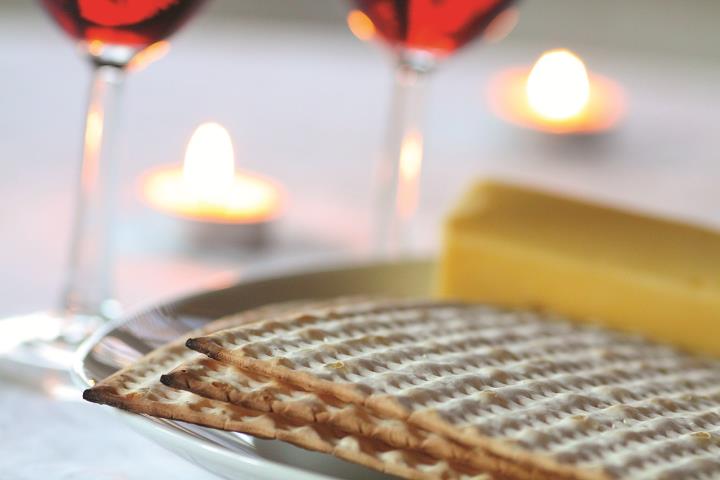Unique Components of the Passover Seder
Apr 17, 2025

The seder is another special component of Passover. The seder is a ritualistic meal celebrated during the first two nights of Passover that features symbolic components and foods. The following is a look into the traditions of the seder, courtesy of NCSY, an organization dedicated to inspiring and empowering Jewish teens.
Kadeish: The seder begins with reciting the Kiddush over a full cup of wine. The wine is consumed while reclining to indicate the status of free people.
UrChatz: Jewish law requires washing hands (without a blessing) before touching any vegetable that was dipped in water during the seder.
Karpas: Seder participants eat a vegetable dipped in salt water. The salt calls to mind the salty tears that the Israelites shed in Egypt during their enslavement.
Yachatz: The middle matzah from the seder plate is broken. The smaller piece is left behind while the larger piece is hidden for the Afikoman, which will be eaten later. Breaking matzah symbolizes the broken spirit and bodies of the Israelites in Egypt.
Maggid: This is the story of the Jews’ exile and redemption from Egypt, and also a focus on future redemption. A second cup of wine is had after Maggid.
Rachtzah: This is a hand washing in preparation for eating the matzah. A blessing is recited before eating the matzah.
Motzi: The blessing “Hamotzi” is said over the matzah, thanking God for the food about to be eaten.
Matzah: The matzah is eaten while leaning to the left. Matzah, which is unleavened, represents the haste with which Jewish ancestors left Egypt, which didn’t even allow for bread to rise.
Marror: Bitter vegetables like horseradish or romaine lettuce recall the bitterness of Egyptian exile.
Koreich: This is a Passover sandwich made by combining matzah, bitter herbs, and charoset to symbolize the bitterness of slavery and the sweetness of freedom.
Shulchan Orech: Hard-boiled eggs are included on the seder table. The egg is a symbol of mourning.
Tzafun: This is the time to eat the Afikomen, or the larger piece of matzah that was broken off and hidden. Tzafun means “hidden”. It’s forbidden to eat or drink anything except for the remaining two cups of wine after eating the Afikomen.
Barech: After eating the second piece of matzah, everyone recites the Birkat HaMazon, or the customary blessing after eating any meal containing bread or matzah. Everyone drinks another cup of wine after and pours a cup for the Prophet Elijah.
Hallel: Everyone sings praises to God for choosing the Jewish people as His people and freeing them from Egypt. The fourth cup of wine is enjoyed after Hallel.
Nirtzah: More songs of praise are sung at the conclusion of the seder.









